Formula E
New Mexico City International Airport: the world’s most sustainable airport
Boasting almost nine million people in the city and around 20 million people in the surrounding area, Mexico City – which is set to host the fourth FIA Formula E race of the season – is one of the largest metropolises in the world. The city’s enormous population pressure is reflected in numerous everyday challenges, which naturally include traffic volumes – whether road, rail or air.
With over 40 million annual passengers, Benito Juárez International Airport has now reached full capacity, which is why construction of the New Mexico City International Airport was announced in 2014. The new airport will cost around USD 9.2 billion and is expected to open its doors in 2020.
A revolutionary concept for sustainability
The airport, which will boast a capacity of 57 million after the first stage of construction, will eventually handle up to 120 million passengers each year. It’s not just larger than its predecessor; it’s designed around an impressive concept: the New Mexico City airport will be the most sustainable airport in the world!
At 470,000 square meters, it will be one of the world’s largest airports and will revolutionize airport design. The entire terminal with its 95 gates is enclosed within a continuous lightweight gridshell, embracing the walls and roof in a single, flowing form, evocative of flight. The design guarantees short walking distances and few level changes, is easy to navigate, and means passengers will not have to use internal trains or underground tunnels.
Flexible in operation, its design allows for the predicted increase in passenger numbers by 2028 and beyond, while its development will provide a catalyst for regeneration of the surrounding area. The X-shaped airport will be built on a new site with three runways, with plans to expand the airport up to an eventual six runways by 2062.
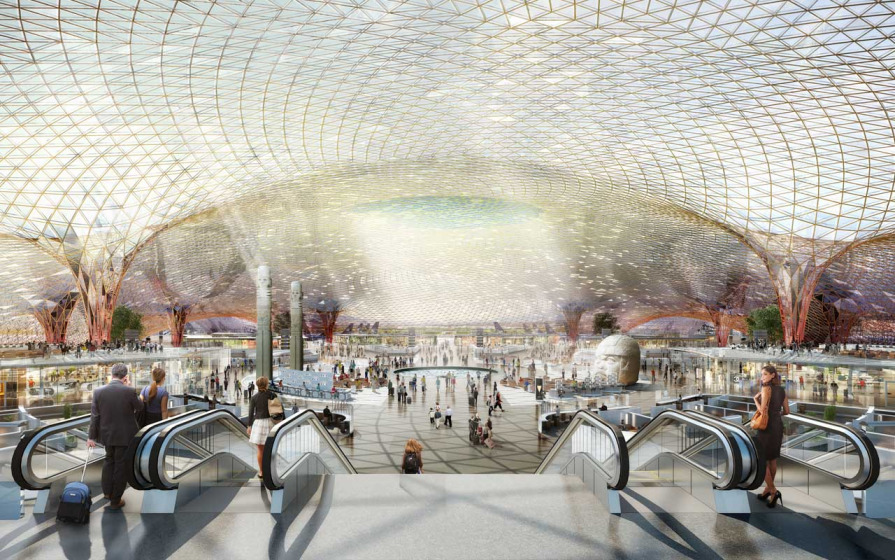
Monumental scale and cutting-edge technology
With spans in excess of 100 meters – three times the span of a conventional airport – its monumental scale is inspired by Mexican architecture and symbolism. The maximum internal span is 170 meters. The lightweight glass and steel structure with a soaring vaulted roof is designed especially for Mexico City’s challenging soil conditions. Its unique pre-fabricated system can be rapidly constructed, without the need for scaffolding.
The entire building is serviced from beneath, freeing the roof of ducts and pipes and revealing the environmental skin. This hardworking structure harnesses the power of the sun, collects rainwater, provides shade, directs daylight and offers spectacular views – all while achieving a high performance envelope that meets high thermal and acoustic standards.
The LEED Platinum design works with Mexico City’s dry, temperate climate to fill the terminal spaces with fresh air using displacement ventilation principles. For a large part of the year, comfortable temperatures will be maintained by almost 100% outside air, with little or no additional heating or cooling required.

A role model for other airports
“The vast roof enclosure will be bright and airy, incorporating large areas of translucent and opaque panels, daylight reflectors and building-integrated photovoltaic panels,” explains architect Piers Heath from Foster and Partners, whose company teamed up with FR-EE’s Fernando Romero on the design. “These are all aimed at providing shade and thermal insulation, while also allowing views out and diffusing natural daylight throughout the terminal, thus reducing the need for supplementary lighting.”
Support buildings and fields on the site will contain further solar panels, ultimately providing 50 megawatts of peak power – enough to supply a large portion of the airport’s energy. The airport will also have its own efficient on-site central energy plant. “The legacy of the airport is an important consideration; it will act as a testbed for innovations and will be able to adapt to how the city, aviation and technologies might change in the future,” Heath says.
The design team hopes to inspire other cities as they overhaul old airports. “While we are clearly taking advantage of Mexico City’s unique climate, there are numerous techniques and technologies that we hope will influence and inspire future airport designs,” says Heath.

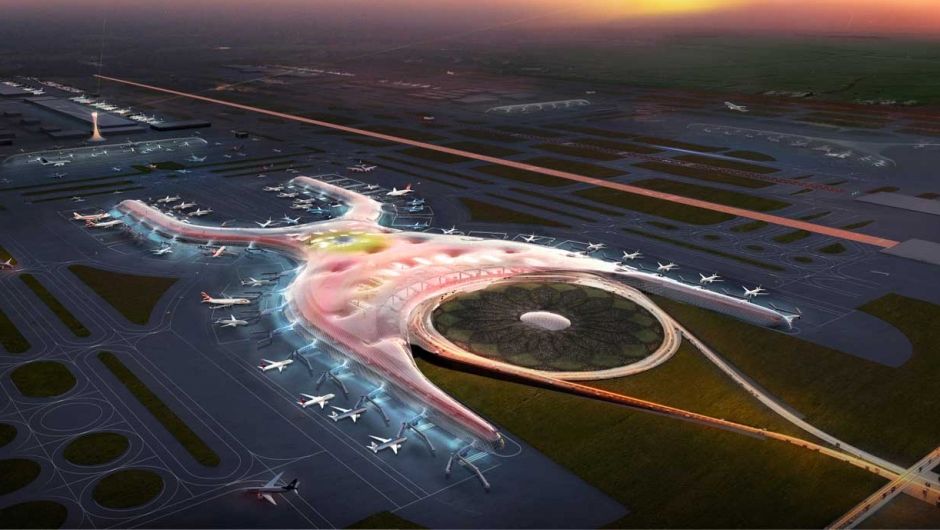

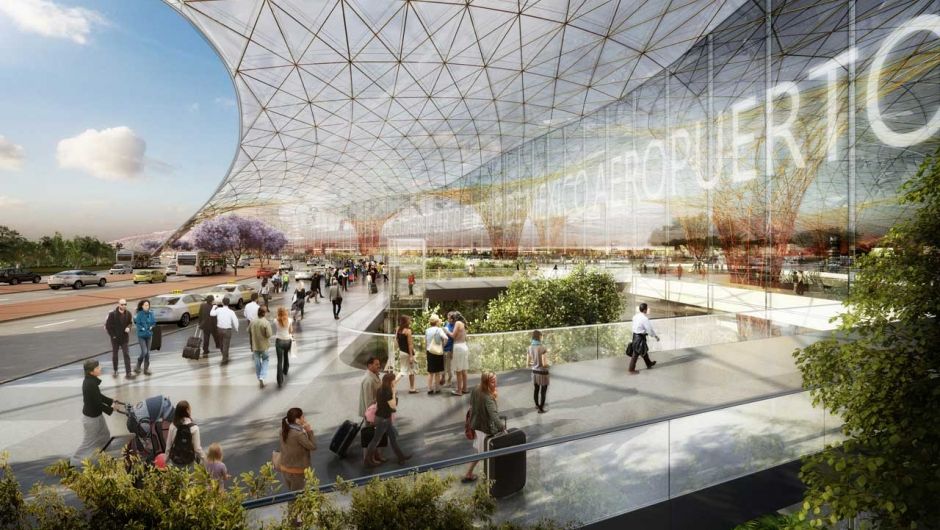
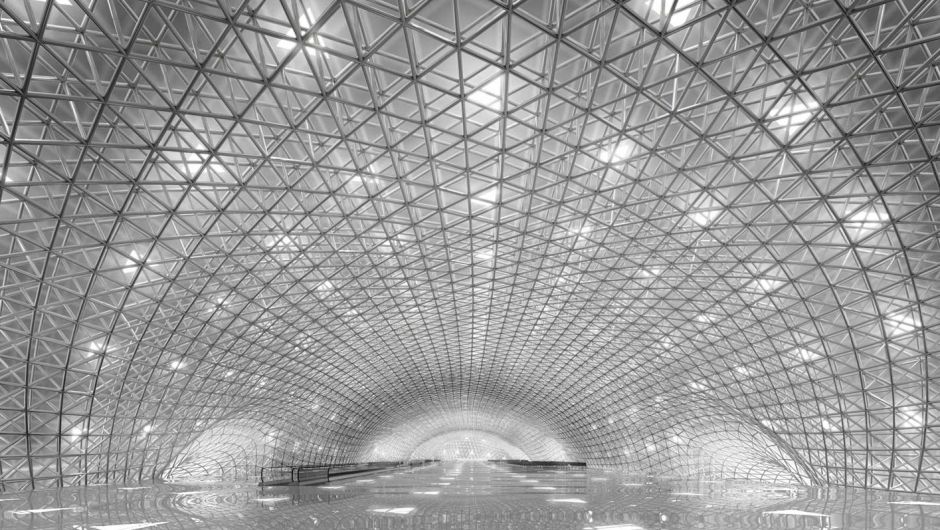
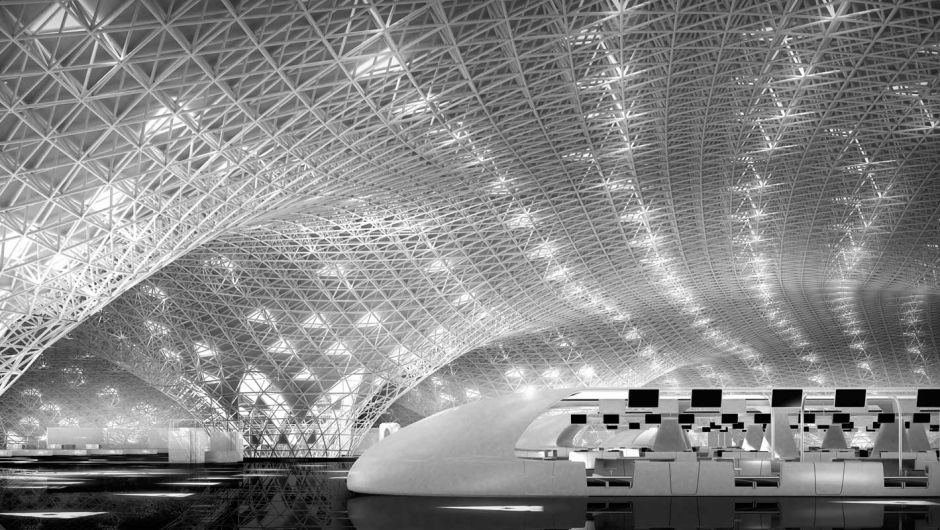

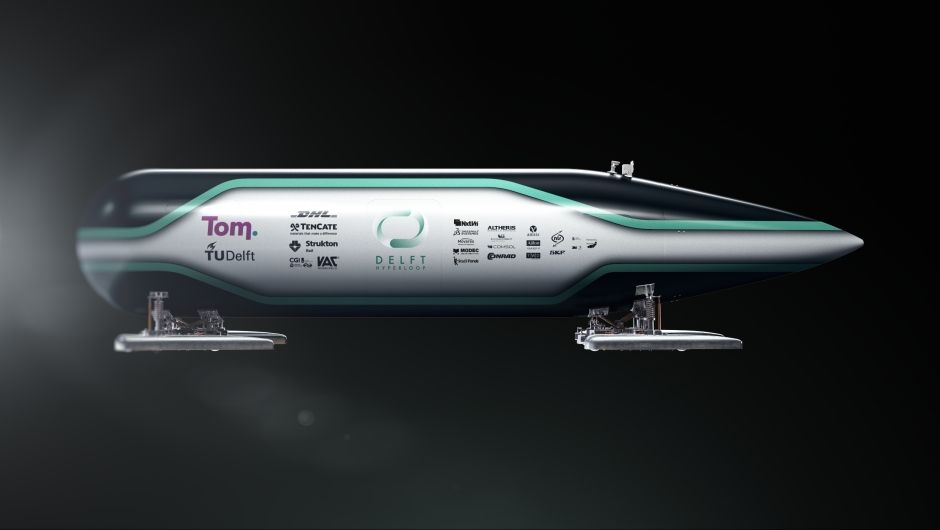
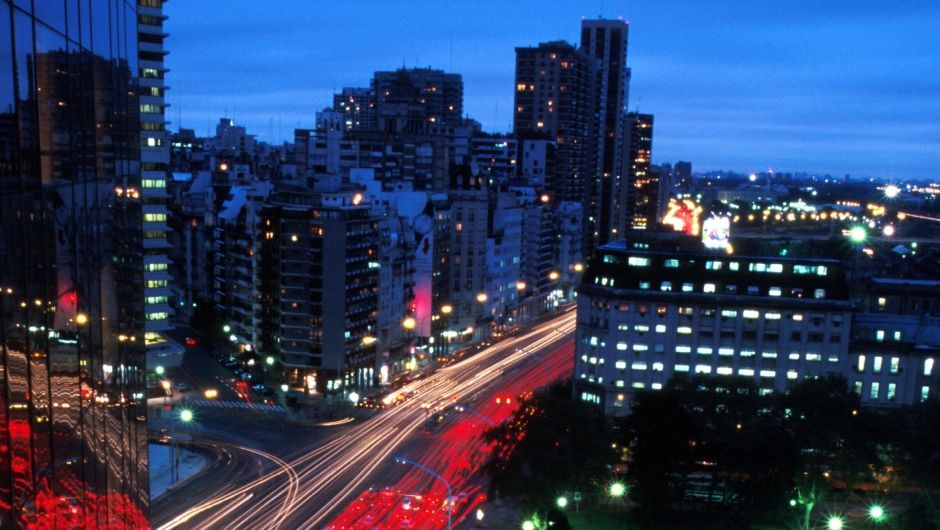


Content from disqus has been blocked because you did not allow to load it.
Loading the blocked content will adjust your privacy setting and content from this service will not be blocked in the future.
You have the right to revoke or change your decision at any time.
Posting Guidelines
All communications on Logistics of Things should be appropriate for a professional community, respecting the diverse views of individuals from different backgrounds. We will review all comments and reserve the right to terminate or restrict access to user's account and to delete any content posted through it, without notice and at our discretion, if we deem it to be overly promotional, offensive, or off topic.
All posting become property of DHL.